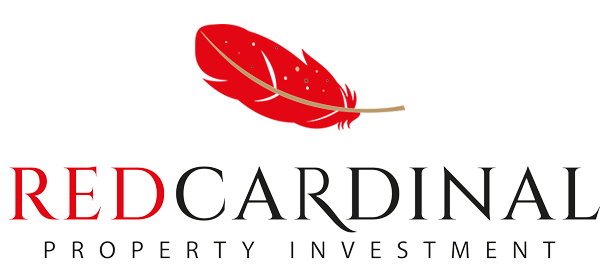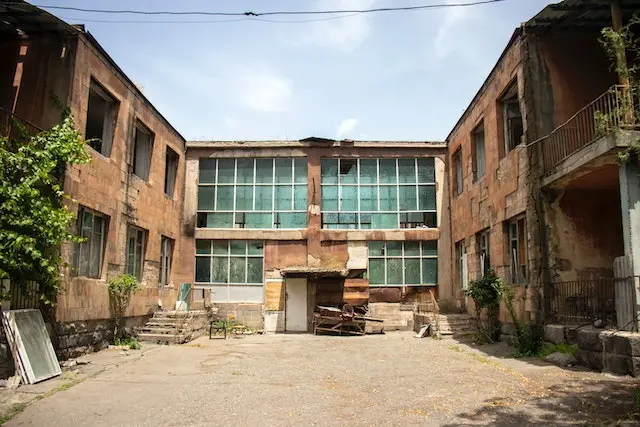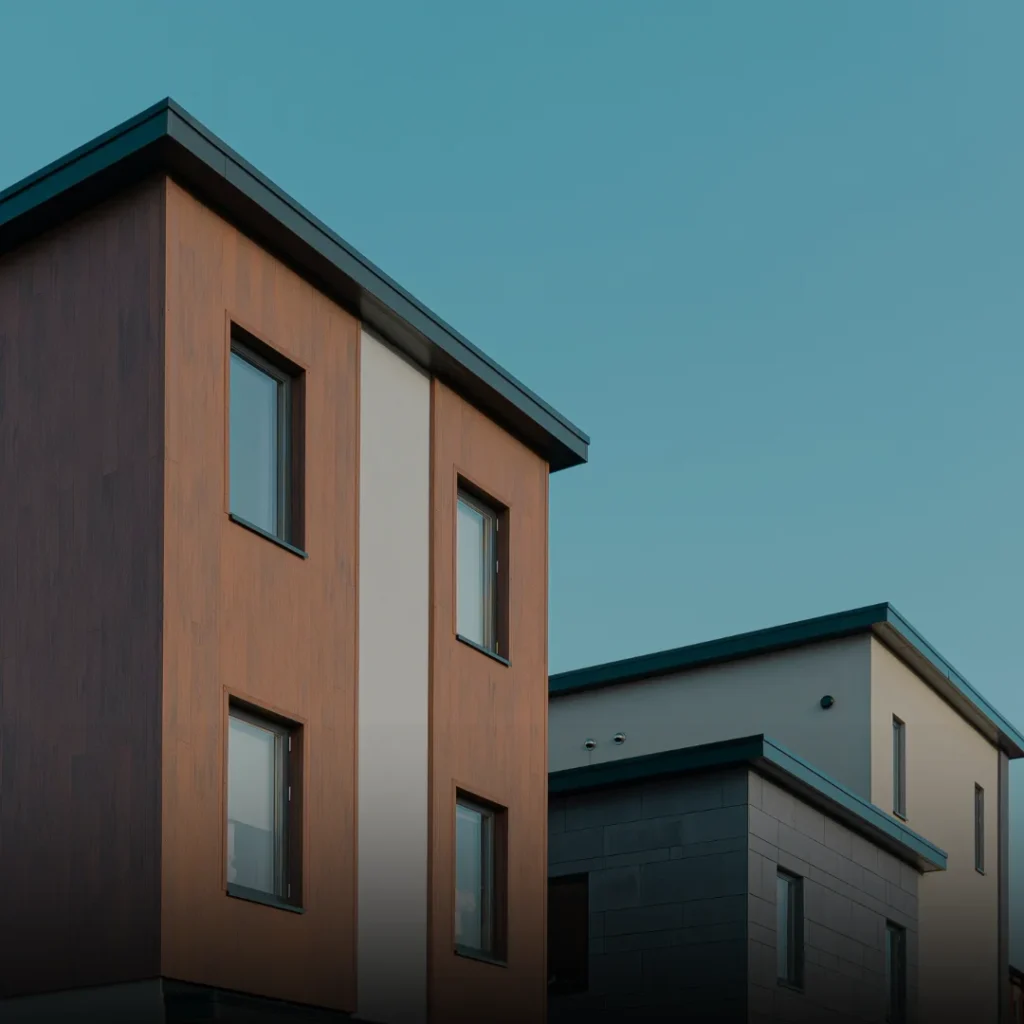When it comes to property investment, deciding between new builds or older properties is a crucial consideration that can significantly impact your financial future. Every investor must weigh this choice carefully to make the right decision.
Investing in New Builds
Advantages
New builds offer modern amenities and conveniences, making them attractive to potential tenants or buyers. These properties often boast energy-efficient designs, which can lead to lower utility costs and environmental benefits. Additionally, with reduced maintenance expenses initially, investors can focus on optimizing returns. The prospect of higher rental yields is another appealing aspect of new builds.
Disadvantages
While new builds have their merits, they come with higher upfront costs. Negotiation room is limited due to their popularity in the market, and construction delays may introduce uncertainties.
Investing in Older Properties: Deciding Between New Builds or Older Properties
Advantages
Investing in older properties can be financially rewarding. These properties often come with lower purchase prices, making them more accessible to investors. Established neighbourhoods and existing infrastructure contribute to the potential for steady growth. Investors have ample room for negotiation, allowing them to secure better deals. Moreover, through renovation and refurbishment, older properties can appreciate in value significantly.
Disadvantages
However, older properties demand higher maintenance and repair costs, affecting the overall return on investment. They may lack modern amenities and energy efficiency, which could deter some potential tenants or buyers. Hidden structural issues may also arise, requiring substantial investment to rectify.
Risk Considerations
As with any investment, risk assessment is vital. Understanding your investment goals, time horizon, and risk tolerance will help you make an informed decision that aligns with your financial objectives.
Pros and Cons of Investing in New Builds
Investing in new builds can be an enticing option for property buyers due to the following advantages:
Advantages
Modern Amenities and Features: New builds offer state-of-the-art amenities and features that appeal to today’s tenants and buyers. From sleek kitchens to smart home technology, these modern additions enhance the property’s overall appeal.
Energy Efficiency and Eco-Friendly Design: Eco-consciousness is on the rise, making energy-efficient new builds attractive to environmentally-conscious tenants. Lower utility bills and reduced carbon footprint make these properties more desirable in the market.
Lower Maintenance Costs Initially: New builds are designed with high-quality materials and cutting-edge construction techniques, minimizing the need for immediate repairs or renovations, thereby reducing maintenance expenses.
Potential for Higher Rental Yields: Due to their contemporary appeal and desirable amenities, new builds often command higher rental income, making them potentially lucrative investments.
Disadvantages
However, investors should be aware of the following drawbacks associated with investing in new builds:
Higher Upfront Costs: The allure of modernity comes at a price – new builds generally require a higher initial investment compared to older properties.
Limited Room for Negotiation: With increasing demand for new builds, there is often limited room for negotiation, making it challenging to secure a more favourable deal.
Development Delays and Uncertainties: Construction delays and uncertainties in the real estate market can disrupt timelines and investment plans, potentially leading to financial inconveniences.
In conclusion, investing in new builds offers numerous advantages, including modern amenities, energy efficiency, lower maintenance costs initially, and the potential for higher rental yields. However, investors should carefully consider the higher upfront costs, limited negotiation room, and possible development uncertainties before making a decision. Conducting thorough market research and understanding individual investment goals will aid in making a well-informed choice that aligns with long-term financial objectives.
Pros and Cons of Investing in Older Properties
Investing in older properties presents a compelling opportunity for buyers, offering several advantages:
Advantages
Potentially Lower Purchase Price: Older properties often come with a lower price tag, making them more accessible to budget-conscious investors.
Established Neighbourhoods and Infrastructure: These properties are usually located in well-established neighbourhoods with existing amenities and infrastructure, making them attractive to potential tenants.
More Room for Negotiation: Unlike new builds, older properties offer greater negotiation flexibility, allowing investors to secure a better deal.
Potential for Value Appreciation Through Renovations: Investors can unlock significant value appreciation by renovating and modernizing older properties, increasing their market appeal.
Disadvantages
However, investors must also consider the potential drawbacks associated with older properties:
Higher Maintenance and Repair Costs: Older properties may require more frequent and costly maintenance and repairs, impacting the overall return on investment.
Lack of Modern Amenities and Energy Efficiency: Many older properties may lack the modern amenities and energy-efficient features that tenants and buyers seek today.
Possible Hidden Issues, Such as Structural Problems: Hidden issues, like structural problems or outdated electrical systems, can emerge in older properties, leading to unexpected expenses.
In conclusion, investing in older properties can be a wise choice, offering a potentially lower purchase price, established neighbourhoods, and more room for negotiation. Additionally, investors have the opportunity to create value through renovations. However, it is essential to be cautious of higher maintenance and repair costs, the lack of modern amenities, and possible hidden issues that may arise. Thorough due diligence and property inspections can help mitigate these risks, allowing investors to make informed decisions that align with their investment goals and financial aspirations.
Evaluating Property Investments: The Significance of Risk Assessment
Investing in the property market can be lucrative, but it carries inherent risks. Understanding risk assessment and aligning investment goals is crucial for making informed decisions.
Risk Assessment: Gauging Uncertainty for Informed Choices: Before diving into property investment, conduct a comprehensive risk assessment. Evaluate potential risks linked to the property, location, and market conditions. Identifying and understanding risks will help you gauge their impact on your investment.
Defining Investment Goals: The Foundation of Success: Clearly define investment objectives as they form the basis of a successful venture. Determine if you seek capital appreciation, steady rental income, or both. These goals guide property selection.
Diversification and Risk Management: Mitigating Market Fluctuations: Diversify your property portfolio to manage risks effectively. Spread investments across various property types and locations to minimize the impact of market fluctuations.
Financial Preparedness: Securing Stability: Financial readiness is vital in handling unforeseen challenges. Maintain a contingency fund to weather market downturns and unexpected repairs.
Professional Guidance: Informed Insights Matter: Seek advice from experienced professionals, like real estate agents and financial advisors. They provide valuable insights to identify potential risks and assess opportunities objectively.
Monitoring and Adaptation: A Continual Process: Property investment requires ongoing monitoring. Stay proactive and adapt strategies based on changing circumstances.
Successful property investment demands risk assessment and clear goals. Diversify your portfolio, be financially prepared, seek professional advice, and stay informed. Adaptability is key for long-term prosperity in this journey.
Making Informed Property Investment Choices: Deciding Between New Builds or Older Properties
Investing in the property market offers exciting opportunities, but it requires careful consideration of the pros and cons of new builds and older properties. Aligning your investment choice with long-term objectives and risk tolerance is crucial for success.
Key Points: Deciding Between New Builds or Older Properties
New builds boast modern amenities, energy efficiency, and potential for higher rental yields. However, they may come with higher upfront costs, limited negotiation room, and development uncertainties. On the other hand, older properties offer lower purchase prices, established neighbourhoods, and room for negotiation. But they may require higher maintenance costs, lack modern amenities, and come with potential hidden issues.
The Significance of Alignment: Aligning Your Investment Goals with New Builds or Older Properties
Investors must assess their long-term objectives and risk tolerance. If seeking contemporary living spaces, energy-efficient designs, and less maintenance, new builds may be the ideal choice. Conversely, if aiming for affordability, established neighbourhoods, and value appreciation through renovations, older properties hold appeal.
Balancing Risks and Rewards: Deciding Between New Builds or Older Properties
Balancing the risks and rewards of each option is essential. New builds may offer potential higher rental yields, but investors must weigh against higher initial costs and potential delays. Older properties can be more affordable, but the risk of higher maintenance expenses must be taken into account.
A Well-Informed Decision: Weighing the Pros and Cons of New Builds vs. Older Properties
Making a well-informed decision involves thorough research and professional advice. Understand the local property market, demand trends, and potential for value appreciation. Seek guidance from real estate experts to navigate complexities.
Long-Term Vision: Making the Right Choice Between New Builds or Older Properties
Successful property investment requires a long-term vision. Assess your financial goals and investment horizon. Consider how each option aligns with your plans for wealth creation and portfolio growth.
A Path to Success: Deciding Between New Builds or Older Properties
In conclusion, property investment offers diverse opportunities with new builds and older properties. By deciding between new builds or older properties, and aligning your investment choice with your long-term objectives and risk tolerance, you can make sound investment decisions. Whether you opt for modernity and potential rental yields or the charm of established neighbourhoods and value appreciation, a thoughtful approach will lead you on a path to successful property investment. Remember, a well-informed decision today can yield fruitful returns tomorrow.
Find out more about what’s happening in the property market in our News column.








